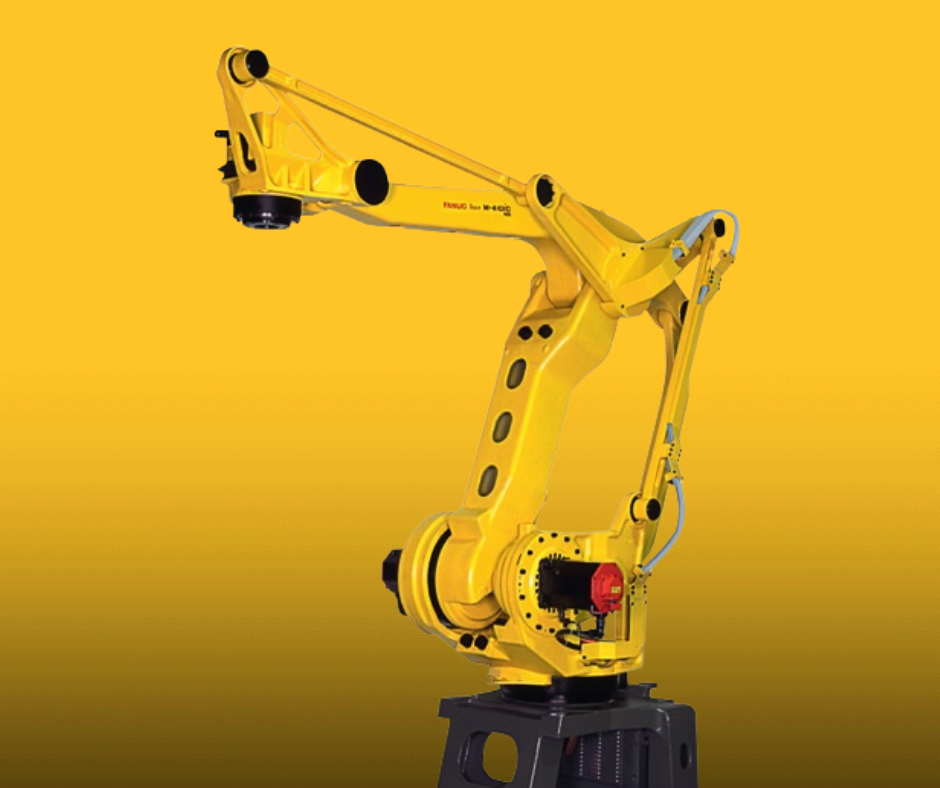At the center of modern manufacturing, robot arms are changing the rules of production, blending accuracy, safety and efficiency in ways that were previously unimaginable. These amazing machines – commonly known as robot arms have become indispensable to businesses all over the world, due to the urgent need to cut costs without sacrificing quality. Robotic arms are being incorporated into production lines to lower costs and improve safety. We’ll examine how these cutting-edge machines can transform the way that industrial processes operate.
Cost efficiency is a major reason for robot arms’ widespread use. Factories are constantly under pressure to limit production errors, minimize the amount of waste and reduce the risk of workplace accidents. Robotic arms tackle these challenges head-on. Robot arms are more accurate than human workers at performing repetitive tasks, which means they can reduce waste and eliminating costly errors. Robots are used in high-volume industries such as the automobile industry, in order to ensure flawless assembly. This precision can translate into significant savings because less damaged items mean less work or waste.

Image credit: automatedsolutions.com.au
The security of robotic arms is also an important aspect. Human workers are in danger when performing many jobs in manufacturing, such as handling dangerous materials or operating machines that are heavy. Robots allow businesses to eliminate their workers from hazardous environments and reduce accidents at work. A robotic arm, designed as a kinematic chain of movable joints, mimics the functionality of a human arm but operates without the risk of physical harm. The machines are fitted with robotic hands, or programmable end-effectors. They are capable of performing tasks such as grasping, spinning, and welding in conditions that would make it unsafe for humans.
The flexibility of robotic arms make them a game changer in many industries. From assembly for automobiles to electronic production, robot arms adapt to a range of jobs. They are able to perform complicated tasks with unparalleled precision, like painting and tending of machines. In warehousing, robotic arms have transformed palletizing, automating the process of loading products onto pallets with precision and speed. Automation not only increases effectiveness but also guarantees security, as robot arms can run for a long time without fatigue.
The growth of cobots (collaborative robots) that interact with human employees is one of the most exciting advances in this area. As opposed to traditional industrial machines that are limited to isolated cells, cobots outfitted with robotic arms are designed for a safe, seamless interplay with humans. The hands of a robot can be used to perform difficult lifting tasks and repetitive tasks in factories, ensuring that workers can be freed to take on more challenging tasks. Collaboration increases productivity, while ensuring a safe work surroundings, as cobots can be programmed to stop or alter their movement if someone is within the vicinity.
The impact of robotic arms goes beyond safety and effectiveness to the very core of manufacturing today. The ability of robot arms to complete tasks with great precision, such as welding, material handling or assembly have made them indispensable in fields which place safety at the forefront. For instance, can be used to rotate and move components during assembly in the automobile industry, making sure they are aligned perfectly with no human involvement. As in electronics, robot arms manage delicate components with care, minimising damage while also improving the quality of output.
As industries continue to evolve, robotic arms’ role will increase. Their ability to lower costs, enhance safety, and be flexible to various jobs makes them an integral part of manufacturing’s future. Utilizing cutting-edge technology and human creativity, robot arms are more than tools. They’re partners who drive the pace of innovation and are changing how we design our environment.
